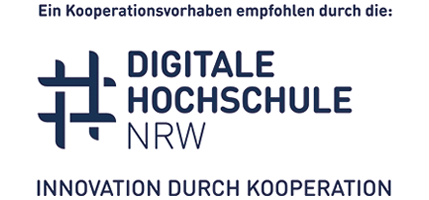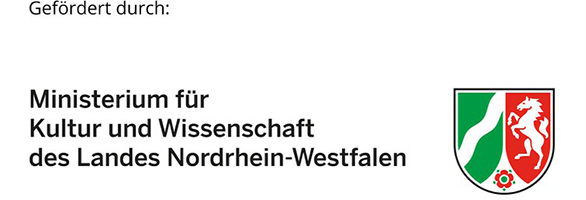Neural Network-Based Genetic Job Assignment for Automated Guided Vehicles
DOI:
https://doi.org/10.2195/lj_Proc_pagani_en_201710_01Keywords:
automated guided vehicles AGV, job assignment, neural networks, genetic algorithmsAbstract
Automated guided vehicles are designed to autonomously transport material in production and warehouse environments. The loading/unloading process of the material on the vehicles occurs at dedicated stations, called material sources and destinations. Every time a vehicle is idle, a new transportation job, i.e. the transportation of some goods from a material source to a material destination, can be assigned to one of the vehicles, which represents the limiting resource. The policies, which are used for the job assignment, are several. In this paper, a new policy based on neural networks which were trained by genetic algorithms is proposed and evaluated. The results show that this new policy outperforms a policy which is a combination of the so called “First Come First Served” and the “Nearest Vehicle First” policy.Downloads
Published
2017-10-16
How to Cite
Pagani, P., Colling, D., & Furmans, K. (2017). Neural Network-Based Genetic Job Assignment for Automated Guided Vehicles. Logistics Journal: Proceedings, (13). https://doi.org/10.2195/lj_Proc_pagani_en_201710_01
Issue
Section
Artikel








